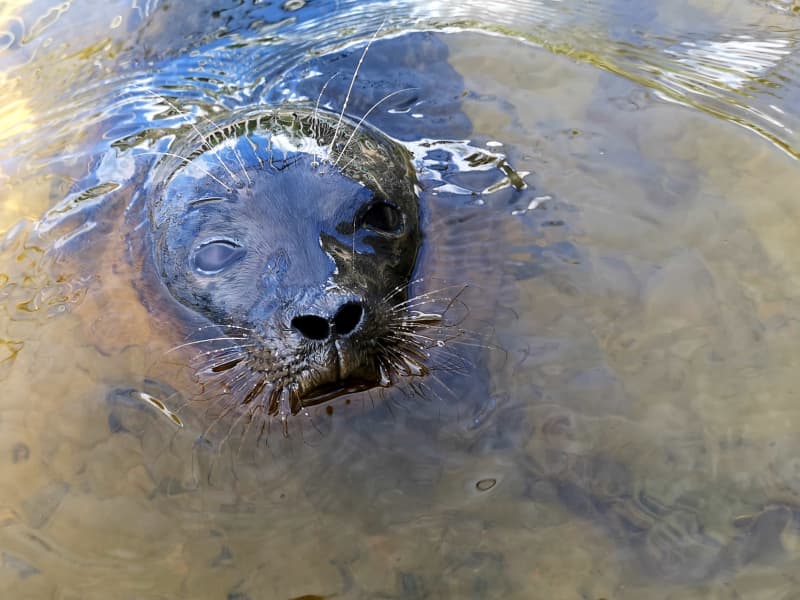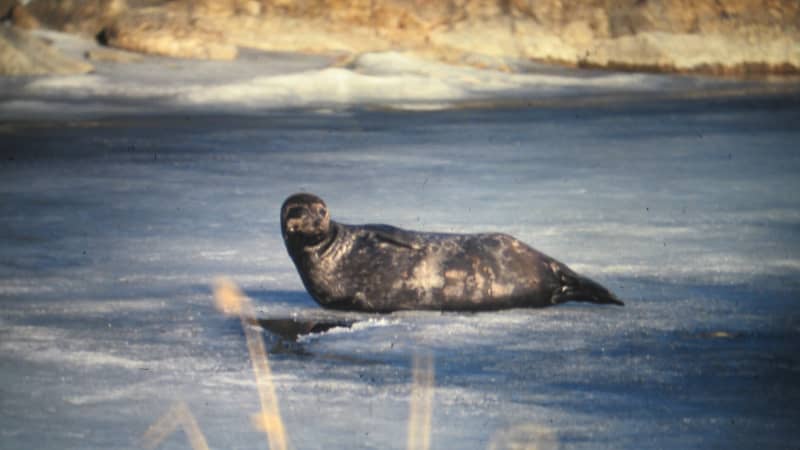
The research groups determined the entire genome of more than a hundred endangered Saimaa norpa. It turned out that there are significant local differences in the norps’ genes.
A recent genetic study of the endangered Saimaa roe deer supports plans to move roe deer from different parts of Saimaa to others.
Research groups from the universities of Helsinki, Eastern Finland and Copenhagen found out what kind of differences Saimaa’s labyrinthine nature has caused the Norse to inherit.
The soukaks of Saimaa, which looks ragged on the map, consider the seal population a violation.
Over the generations, this has caused Norps to inherit regional differences.
It was noticed that the heredity of the norks that have multiplied in different areas have become one-sided in some ways, but as they are different from each other, they safeguard the vitality of the species and the chances of survival in the future.
The offspring of the transplanted doe received good genes
The effects of the maze of the water on the norpi’s inheritance were investigated by examining samples of Saimaa norpi from different parts of Saimaa.
The researchers first determined the entire genome of one young minnow that died in a fishing net. The genes of more than a hundred Saimaa ferrets from tissue samples of dead ferrets were compared to it.
When the results were laid out on the map, significant differences were noticed in the inheritance of the Norps of North Saimaa, Central Saimaa and South Saimaa.
For example, the genes of one norpa found in southern Saimaa had a considerable amount of northern Saimaa features.
– According to our research, Norppa was genetically particularly healthy. The ferret that came from the north to the south has brought genetic modification and has clearly improved the situation of the ferret in the area, Löytynoja says.
This presumed heir to Venla is a good example of how the species benefits from mixing variation.
– It is important that the still existing variation is mixed and healthier individuals are obtained, Löytynoja says.
Earlier this month, it was reported that approximately five norpas are going to be moved within Saimaa.

The drastic bottleneck phenomenon in the history of the Norps further strengthens the influence of Saimaa’s labyrinthine nature on the Norpa’s heritage.
All the nearly 450 norpas living in Saimaa today are the descendants of only about 150 norpas. One of the reasons for the one-sidedness of the norpa’s inheritance is the growth of the population from a small number of individuals.
Isolation preserves the heritage
The research showed that Saimaa’s maze has been the best possible environment to correct the effects of the genetic bottleneck on the species’ characteristics.
The isolation of the norps from each other makes individual norps inherently weaker, but as a whole the norps have preserved their genetic variation precisely because of the isolation.
– We don’t mean that animal populations should be split up, research director Ari Löytynoja says.
On the contrary, the research’s broader message is that uniform habitats for organisms should be nurtured.
The research on the genetics of the Saimaa norpa brought out the special nature of the Saimaa norpa and its habitat, i.e. the labyrinthine water bodies of Saimaa.
– The research cannot be repeated in a different environment or with different species. Saimaa and Saimaa norpa are a very unique combination, says Löytoja.
